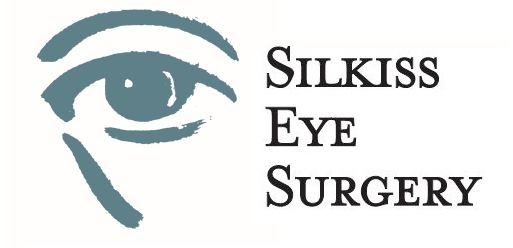COSMETIC SURGERY
Upper Eyelid Blepharoplasty
(Eyelid Lift)
Lower Eyelid Blepharoplasty
(Lower Eyelid Bags)
Asian Eyelid Surgery
(Double Eyelid)
NON-SURGICAL COSMETIC OPTIONS
RECONSTRUCTIVE SURGERY
Ptosis (Drooping Upper Eyelids)
Eyelid Malpositions
(Ectropion & Entropion)
Eyelid Skin Cancer
and Reconstruction
Chalazion, Stye, and Skin Tags
Tearing and Lacrimal System
(Tear Duct)
Thyroid Eye Disease
(Graves' Disease)
Prosthetic Eye &
Eye Socket Surgery
Congenital Ptosis and Pediatric Conditions
Facial Paralysis (Bell's Palsy)
Benign Essential Blepharospasm (Eyelid Spasms)
Trauma (Eyelid Lacerations &
Orbital Fractures)
ASIAN BLEPHAROPLASTY (DOUBLE EYELID SURGERY)
Asian eyelids look different than Caucasian eyelids due to several anatomical differences. The upper eyelid crease in the Asian eyelid is often absent or positioned lower than that of the Caucasian eyelid. The crease is also often shaped differently, or consists of multiple creases. The fat pads that surround the eye extend closer to the eyelashes, sometimes causing a puffy appearance. Asian eyelids also often have an epicanthal fold, a downward angled fold of skin that covers the inner corner of the eye.
Eyelid surgery is the most common cosmetic surgery performed among people of Asian descent. A common misconception regarding Asian blepharoplasty is that the goal is to "westernize" the Asian eyelid in order to make it look less Asian. Actually, the goal of Asian eyelid surgery is to create a youthful and attractive look, while preserving the natural shape and characteristics of the Asian eyelid.
THE PROCEDURE
Asian eyelid surgery can vary quite a bit depending on each individual's goals and eyelid anatomy. For the upper eyelids, usually an incisional approach is taken, allowing fat and a strip of muscle to be excised if necessary, and placing sutures internally to create a subtle eyelid crease. A "scar-less" transconjunctival approach may be taken for the lower eyelids, whereby the incision is made behind the eyelid, leaving the skin intact.
RECOVERY AFTER SURGERY
Surgical time usually varies between 30 minutes and 2 hours depending on the particular details of each case. You may expect to go home on the day of surgery. There is usually minimal to no pain after blepharoplasty surgery and most patients resume their normal daily activities the following day. Heavy lifting should be avoided for 1-2 weeks. You may experience mild discomfort, which is controlled with oral medication. Swelling and bruising significantly improves after a few days and usually is minimally noticeable after 2 weeks, however healing time can vary between individuals. Sutures are removed on the first postoperative visit, usually 7-10 days after surgery. Eyelid make-up and contact lens use may usually be resumed 1-2 weeks after surgery.
SPECIAL CONSIDERATIONS
Our doctors will perform a thorough eye exam prior to any eyelid surgery. If you have a history of dry eyes, you should be treated appropriately prior to surgery because blepharoplasty surgery may worsen dry eye symptoms. Sometimes surgery is postponed or determined to be inadvisable if symptoms are significant enough. A history of prior eyelid surgery may put you at risk for inadequate eyelid closure or dry eyes after surgery. It is important to see an eyelid specialist to coordinate a surgical plan that will not only give the most aesthetically natural appearance but more importantly, maintain vital eye health.

